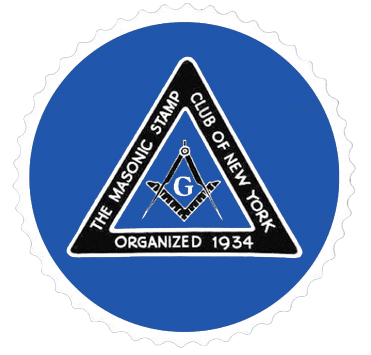
There can be no doubt that our society has undergone significant changes in the last 60 years. The biggest change was the advent of electronic communications. The telegraph, teletype and telephone (electro-mechanical devices) were the forerunners of electronics; their impact was significant, but more from the standpoint of convenience.
The radio provided a form of entertainment, but not enough to keep one from going to motion picture shows or participating in social functions and joining fraternal organizations.
For most older people, television was a great “miracle” and it definitely changed society. The average family could afford a television by about 1955. An absolute forest of television antennas virtually grew on rooftops for as far as one could see. There was not a lot to watch and reception was tricky, but to simply sit in your living room and watch news, talk shows, sports, movies and so forth was wonderful.
Television, of course, got better and better; the signal improved, numerous channels were added, and the crowning glory, color, became available. Some of us might recall how our parents marveled at their enormous 21-inch cabinet TV—the pride and joy of every living room.
Although things did not change overnight, they changed nonetheless. People started staying home more rather than socializing; and they also moved away from hobbies, or at least reduced the time they spent on such.
Up to the end of the 1950 our Masonic Order was extremely popular; we had over 4.1 million registered Freemasons in the USA, and virtually all of them found the Masonic Order through word-of-mouth. Advertising Freemasonry was not allowed, save perhaps information on Masonic activities. Stamp collecting was also very popular, with likely 20 million collectors in the USA. Masonic Philately was also in its heyday. The number of applications to join The Masonic Stamp Club of New York was really quite amazing.
Although there were certainly statistics available on Masonic membership, they were not readily available; you had to write and ask. The first Club Brother who sort of “raised the alarm” in the USA was our Club President Nick Batalias. In 1993 he mentioned a great loss of Masons. I now know the number was 1.8 million since 1959.
In Canada, the situation was about the same as in the USA. British Columbia tried to address the issue in the mid 1980s; however this was simply a “discuss and rally” initiative. Lodge members were entreated to think about declining numbers. The main reason given for the dilemma was “other forms of entertainment” were being given priority.
Although a remarkable tool, computers delivered a blow both to Freemasonry and Philately. In the first instance they became an all-consuming form of entertainment; in the second, they not only curtailed use of postage stamps, but also reduced use of the Post Office itself.
Postage stamp collecting usually started with kids collecting covers from relatives in other countries. I would say that the number of such covers has now been decimated. It is now a case of “out of sight, out of mind.”
Knowing what we know about Freemasonry, we have to really think about its appeal to a young man in light of all the other appeals to which he is subjected. How exciting is Freemasonry compared to television and computers? We can say the same thing about philately; compare little pieces of paper with a computer tablet containing interactive games and a window to the entire world.
Freemasonry originated from a need of men to join together and look after one another. To ensure its members were “good men” it created a moral code (Masonic Creed) and a ritual to instill its principles. This worked exceedingly well and the major spin-off of the Order was the creation of trade unions. Such actually replaced Freemasonry with regard to protection in the work place.
At one time, Freemasons called on each other regularly to help with life’s problems (financial, legal, medical and so forth). This need has greatly diminished in a modern society; we seldom need to “help, aid, and assist” a Brother Freemason.
One of the main historical benefits of Freemasonry was “fraternalism”— being able to meet with other men, get the news and discuss things. What is termed “social media” has essentially replaced “fraternalism.” This is why lodges have such poor attendance.
Freemasonry is really great if one is looking for that kind of thing. Going through the chairs is a challenge and a real accomplishment for which one can be truly proud. The things that are learned are highly interesting. Working as a lodge secretary is also a remarkable experience.
For certain, Freemasonry was not everybody’s “cup of tea” to begin with, but is now hardly on the menu. It was hoped that the Internet would turn things around by providing massive exposure, but the interest is simply not there. I think interest could be brought back to the point where we at least maintain the status quo, but the changes needed are “energetic” and what energy we have left is very low.
Masonic Philately, of course, rides on the coat-tails of the Masonic Order. It essentially came about in the early 1930s, when we had about 2.6 million Freemasons in the USA. This was enough to get our Masonic Stamp Club of New York off to a good start. I doubt such would have been the case with the present day number of about 1.1 million Freemasons (especially under current conditions). There are likely about 150 Masonic philatelists in the USA, and very few of these are able or willing to support our Club in the provision of a professional publication. This again is a simple case of other priorities.
Freemasonry will likely go back to the way it was in the mid 1700s (independent little rural lodges doing their own thing). Masonic Philately will survive, but with ever decreasing proponents. Hopefully, both will rise again.







